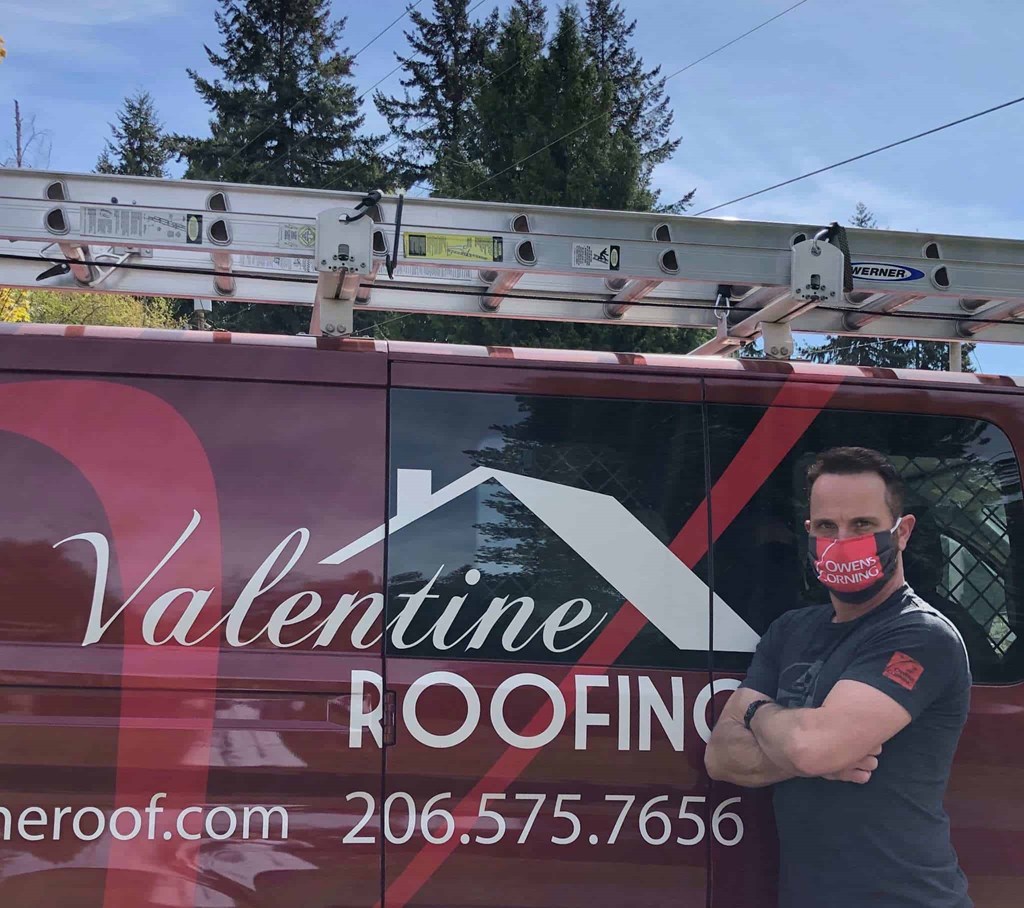Safety in Roofing During COVID-19

According to a special report from CNBC in December of 2019, Roofing is the 4th most dangerous occupation in the U.S. As one of the most dangerous trades in the United States, safety is a key component. The pandemic of 2020 has only increased the risks in roofing, leaving many to question what measures can be taken to keep roofers safe from new health threats. When it comes to the health of workers in the field there are three major things to consider. A plan should be implemented for successful social distancing while efficiently installing a roof. Proper personal protection equipment (PPE) should be provided and a program for job site sanitation should be practiced.

What does social distancing look like for field staff? When working in a team or crew on any job site social distancing can be difficult, but with the implementation of a few tweaks to the way a crew travels and works together social distancing can be highly successful. Crew members should travel to and from job sites in their own vehicles, eliminating ride-sharing among team members. Every crew member should maintain their own tools and limit using tools that are not their own. By staggering breaks, it will encourage employees not to gather together but to follow distancing rules. These measures will help to encourage all employees to work together while staying apart.
In order to minimize exposure to viral threats OSHA, the CDC and Washington State have recommended PPE such as masks, gloves and safety glasses to be worn on job sites. In roofing, it is already common to use gloves and safety glasses throughout the duration of the project. By adding the use of masks to everyday PPE, roofers are able to successfully implement the trifecta of recommended PPE to keep all field employees safe.

Sanitizing on job sites can seem daunting but with a routine and ample disinfectant, job sites can be kept hygienic and virus free. By already minimizing cross-use of tools, sanitization of tools can be kept to an end of the day function. Workers can sanitize as part of their end of the day clean up routine by adding tools, vehicles and equipment. Washing hands at designated handwashing stations, disinfecting bathrooms after each use and staying home when not well are all important factors to keeping a job site sanitized and safe.

Keeping roofers safe has always been top of mind in this industry. Now with a few changes, roofers can feel safe once again even in the wake of the COVID-19 pandemic. In an industry where job site safety was always top of mind, turning the corner to update safety guidelines can be done efficiently.




